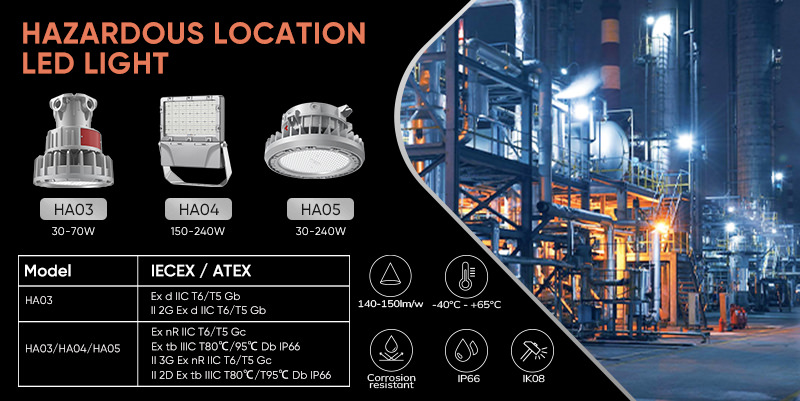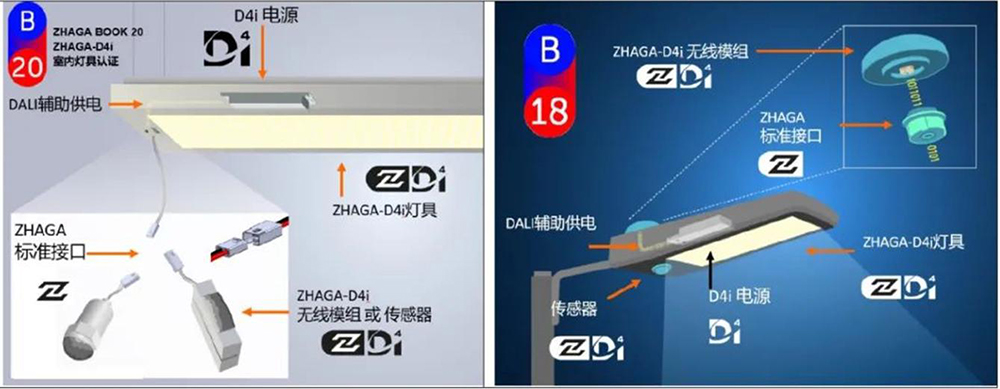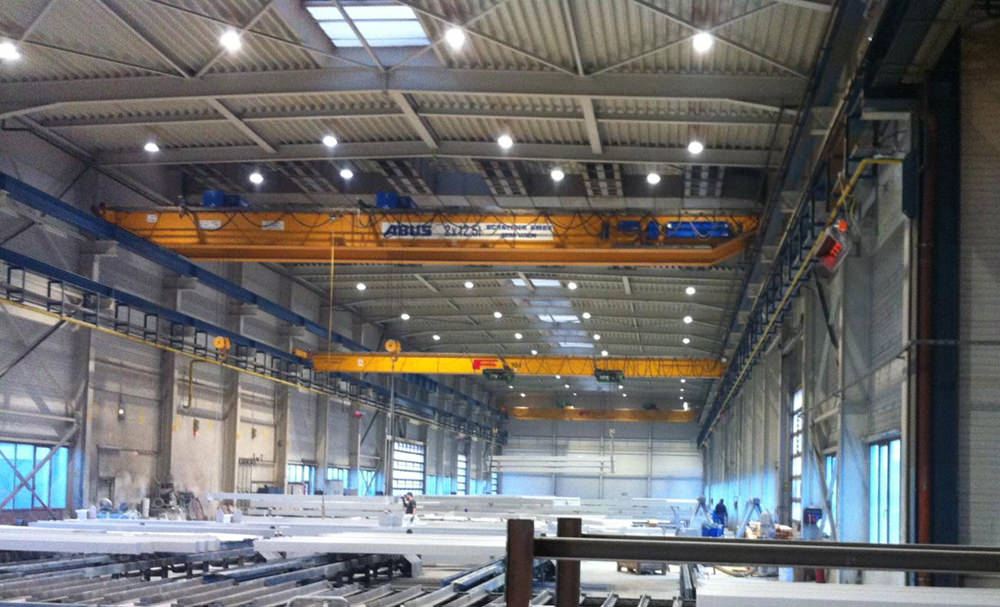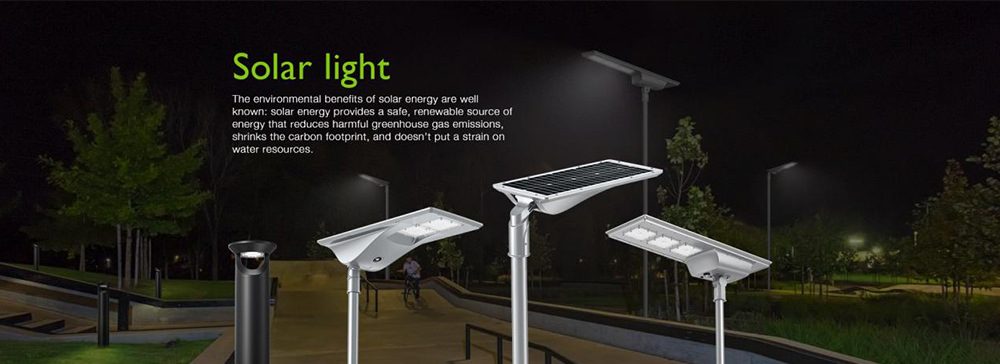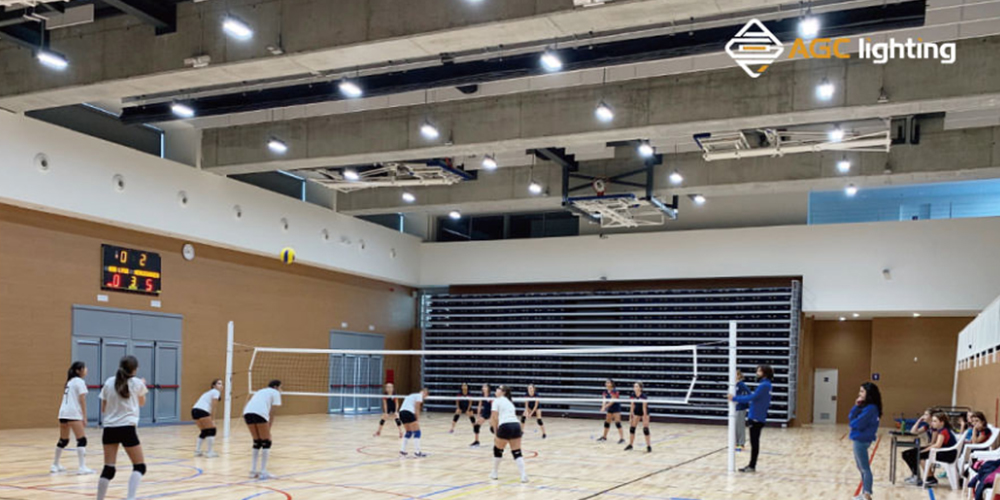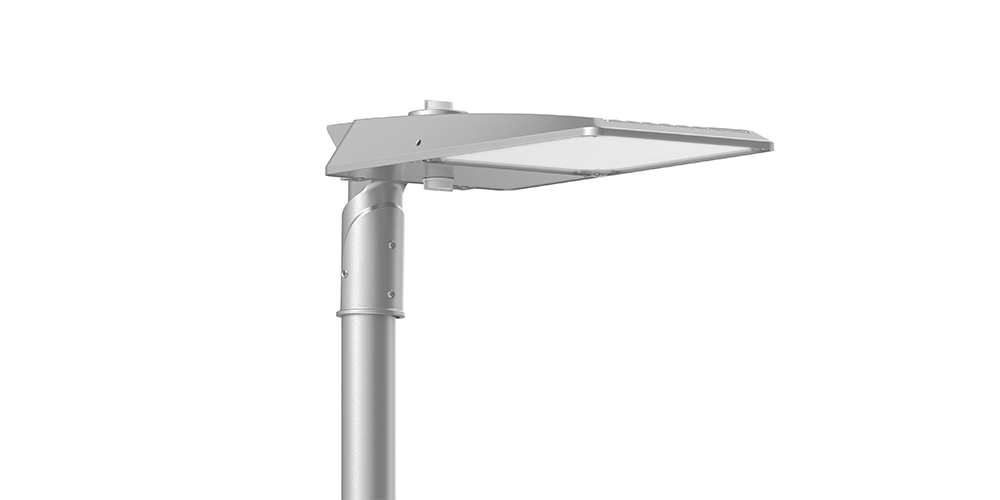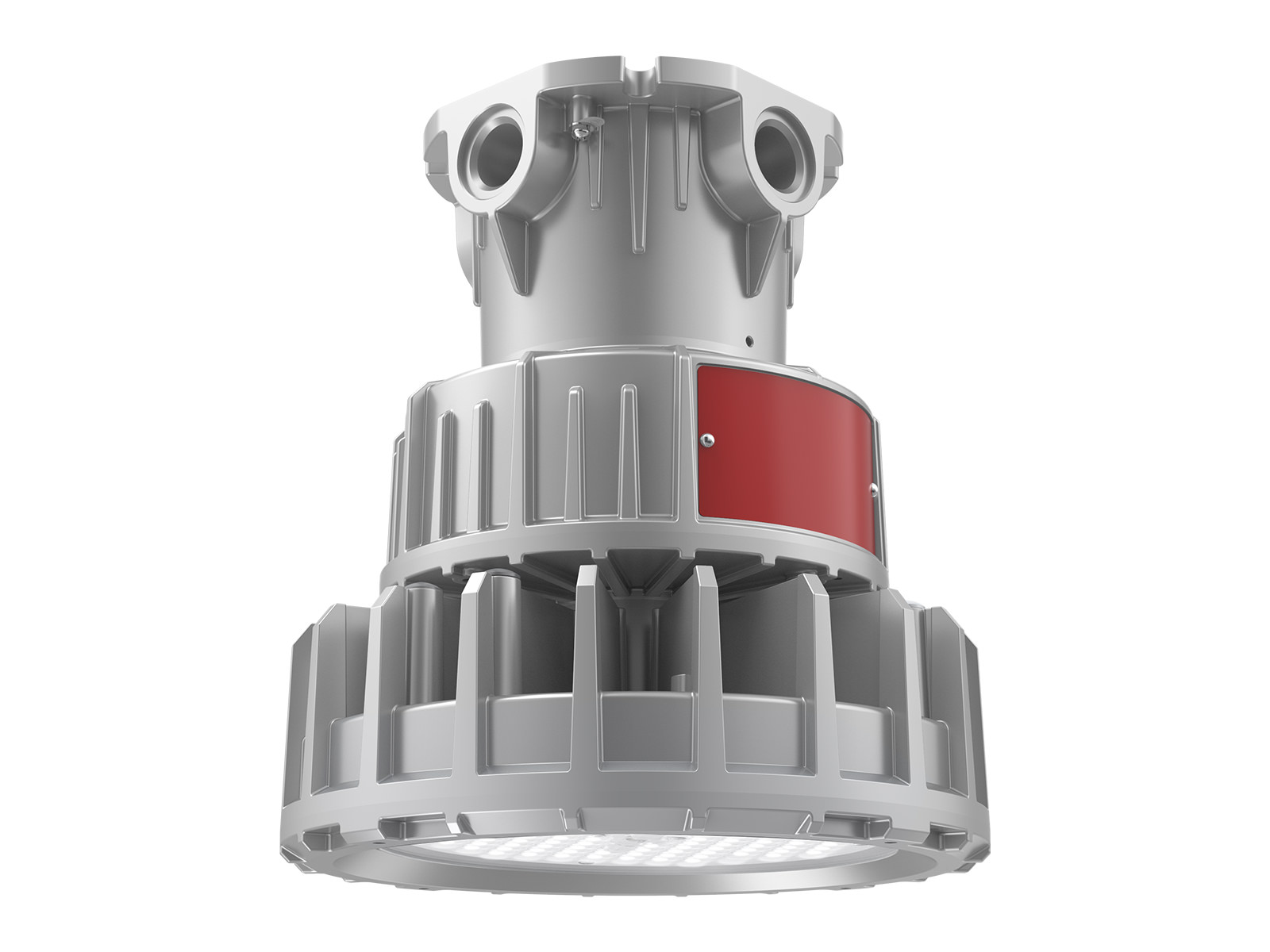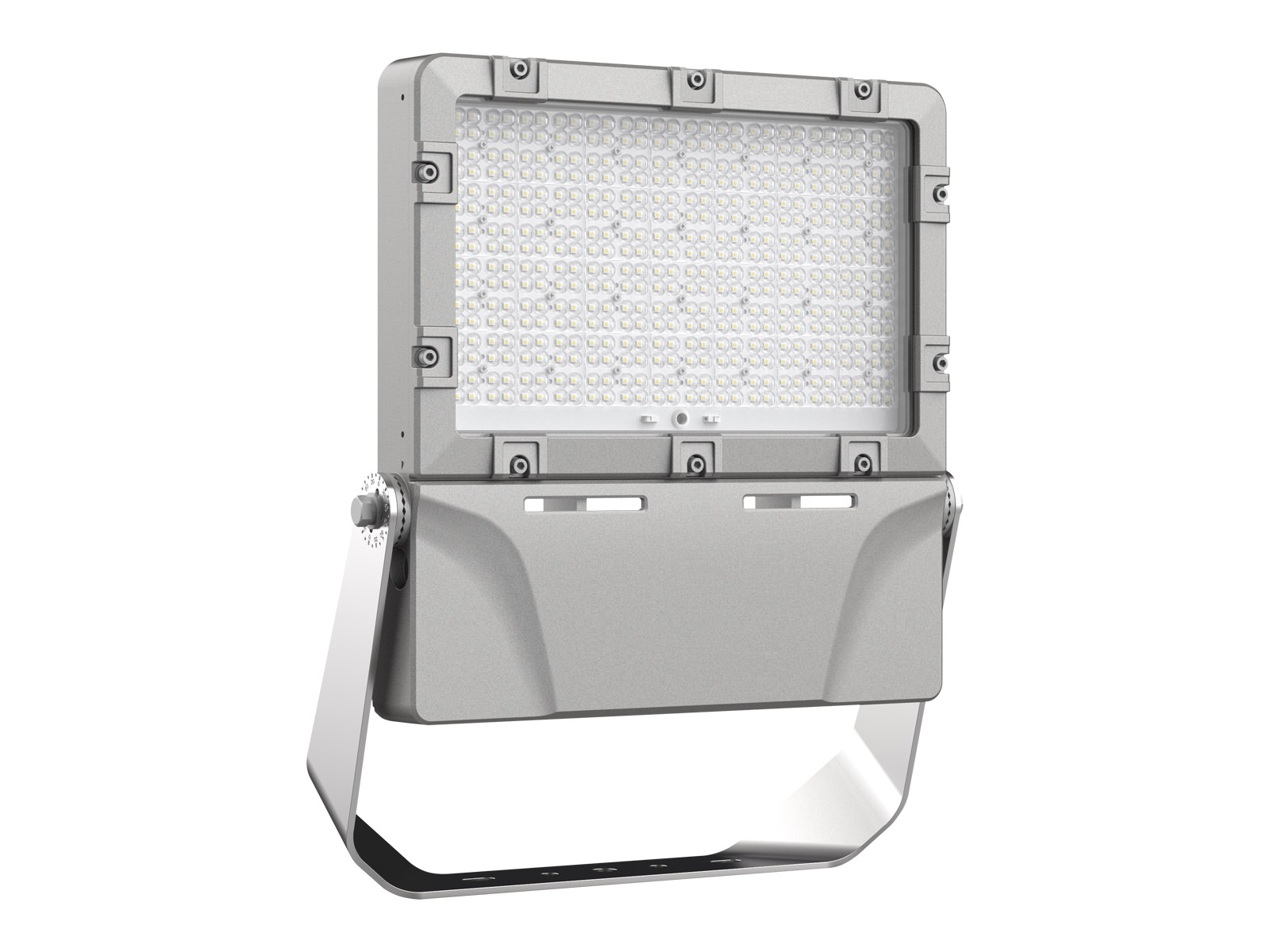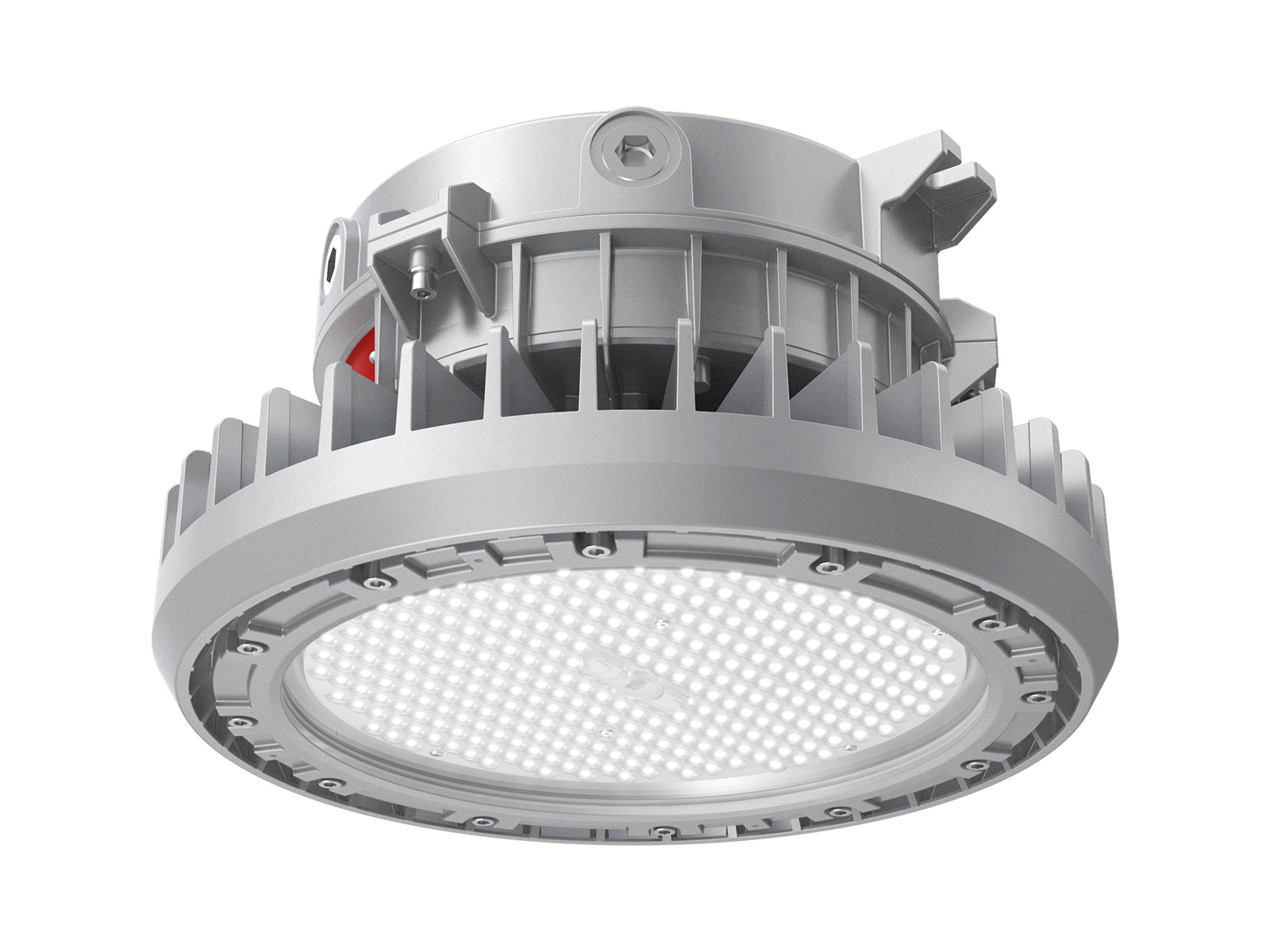Having properly designed lighting fixtures within hazardous locations is very important because without adequate lighting, the overall safety of workers is at risk. Since different hazardous locations have different requirements for explosion-proof lights, you’ll need to ensure that the fixture you buy meets the explosion proof lighting requirements of the hazardous area you intend to install it in. Then how do you choose the right explosion-proof light for different hazardous areas?
Hazardous area classification
First, we need to be clear on the hazardous area classification. In North America, the hazardous areas are classified by class or division:
Class I, Division 1 – Class I Division 1 lights are necessary in areas where concentrations of vapors, liquids, or gasses such as gasoline exist within the environment under typical operating conditions.
Class I, Division 2 – Class I Division 2 lights are necessary in areas where concentrations of vapors, liquids, or gases such as gasoline exist within the environment under atypical operating conditions.
Class II, Division 1 – Class II Division 1 lights are necessary in areas where combustible dust such as coal exists within the environment under typical operating conditions.
Class II, Division 2 – Class II Division 2 lights are necessary in areas where combustible dust such as coal exists within the environment under atypical operating conditions.
Class III, Division 1 – Class III Division 1 lights are necessary in areas where ignitable fibers or combustible flyings such as sawdust exist within the environment under typical operating conditions.
Class III, Division 2 – Class III Division 2 lights are necessary in areas where ignitable fibers or combustible materials such as sawdust exist within the environment under atypical operating conditions.
Explosion Proof Lighting Zone System
The explosion-proof lighting zone system is used primarily outside North America in areas such as Europe. Similar to the class and division system, the zone classification system is used in hazardous environments to indicate the type of lighting fixtures that can be used safely. This system is based on the potential for explosive gases or dust to be present in a particular area.
In this system, hazardous environments are divided into zones based on the likelihood and frequency of the presence of explosive gases or dust.
The three main zones are:
Zone 0: An area where explosive gas or dust is continuously present or has been present for long periods of time.
Zone 1: An area where explosive gas or dust is likely to be present under normal operating conditions.
Zone 2: An area where explosive gas or dust is not likely to be present under normal operating conditions, but may be present for short periods of time.
Explosion-proof lighting fixtures are designed and rated for use in each of these zones. These fixtures are constructed in such a way that they will not ignite any flammable substances that may be present in the environment. They are also designed to withstand the potential for explosions, preventing sparks or arcs from being generated.
As you can see, there are many different classes that an explosion proof fixture type can be classified for and you’ll need to check to make sure the fixture you buy meets the class you need for your application. Feeling overwhelmed? Contact ivy@agcled.com, who can recommend a fixture based on your specific lighting requirements.
